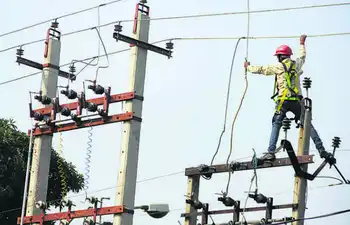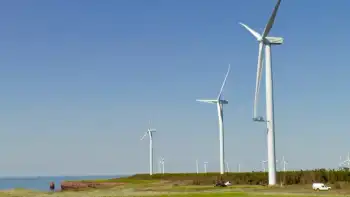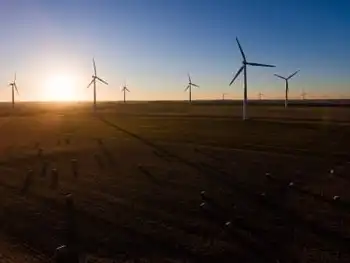U.N. approves new generation carbon offset project
By Reuters
Electrical Testing & Commissioning of Power Systems
Our customized live online or in‑person group training can be delivered to your staff at your location.

- Live Online
- 12 hours Instructor-led
- Group Training Available
The panel that oversees the running of the U.N.'s Clean Development Mechanism (CDM) gave in-principle approval during a meeting to the project that will deploy 30 million compact fluorescent light bulbs (CFLs) in Mexico.
Under the project designed by energy efficiency project developer Cool nrg International, the CFLs will be distributed in phases over the next two to three years with the aim of generating up to 7.5 million U.N. offsets called Certified Emission Reductions, or CERs.
Each offset represents the equivalent of one ton of carbon dioxide, the main greenhouse gas blamed for global warming.
Dutch firm Eneco Energy Trade B.V. has agreed to buy the CERs in a deal brokered by TFS Green. Spot CERs traded at around 12.95 euros a ton.
Under the CDM, companies in rich nations can invest in emissions cuts made by clean energy projects in the developing world and earn CERs than can be sold for profit or used to meet greenhouse gas targets.
CDM has been criticized for only focusing on individual projects and for the high administration costs of getting U.N. approval. Trying to group smaller projects that bring emissions reductions to large numbers of people, such as energy efficient lighting schemes, has proven expensive.
Under what is called programmatic CDM, developers can deploy projects at scale in theoretically unlimited numbers providing each uses the same approved standards or methodologies from the start. This keeps fees to a minimum.
The Mexico project plans to have 30 CDM program activities, to ensure full deployment of the 30 million CFLs, said Phil Cohn, Cool nrg's head of carbon markets and accreditation.
The distribution of the first 1 million CFLs will occur during October-November, he told Reuters from London.
Asked how the project would ensure the CFLs were not sold once people received them, Cohn said strict monitoring of households and limiting the number of CFLs to each home were key parts of the design.
Each household would receive four CFLs, and details such names and addresses and utility bill numbers taken for tracking.
"People also need to bring four old incandescent bulbs and exchange them, so this creates a barrier to stockpiling CFLs," Cohn said. "As part of the ongoing monitoring, we survey a sample of households to see the proportion of CFLs that are in operation."
Cohn said the CDM executive board had requested minor clarifications and expected the panel to formally approve the project within the coming weeks.
He also said the design team had been working for the project to be awarded the premium Gold Standard certification and expected this to follow formal registration.
"This is a groundbreaking deal," said Chris Halliwell from brokers TFS in Melbourne, Australia.
"We believe it will strongly encourage the programmatic approach particularly across Asia, and bring home the message of sustainable yet efficient ways of generating carbon credits on a large scale."











